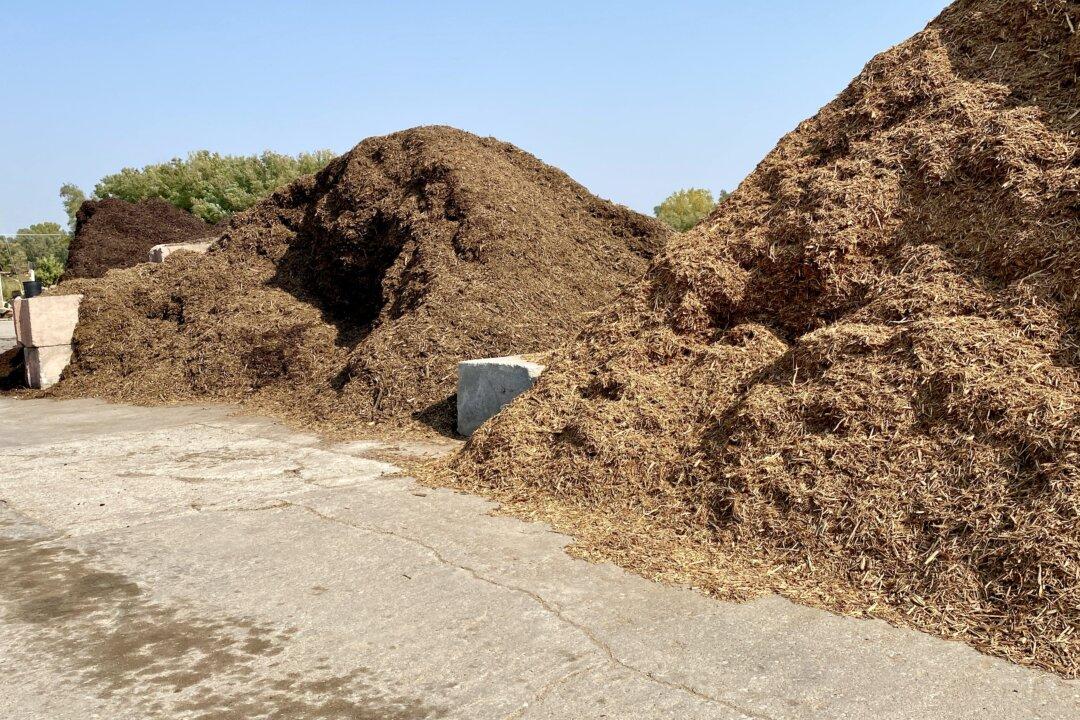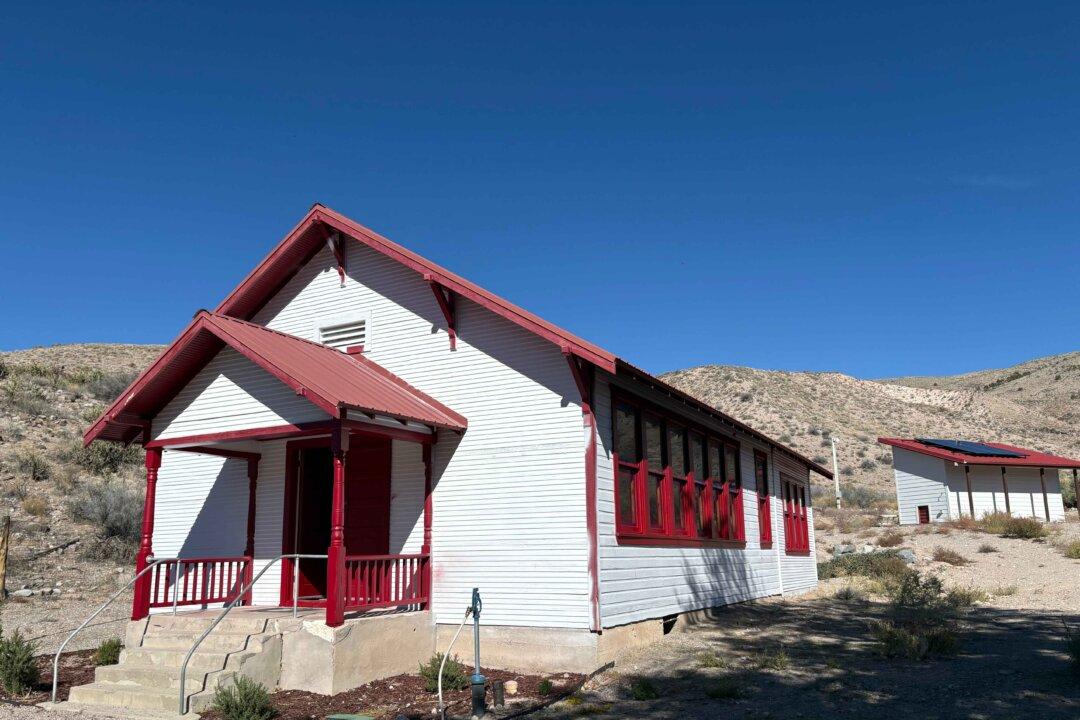Merriam-Webster’s definition for mulch is a “protective covering spread or left on the ground to reduce evaporation, maintain even soil temperature, prevent erosion, control weeds, enrich the soil, or keep fruit (such as strawberries) clean.” Backyard Conservation Tipsheet provided by the U.S. Department of Agriculture’s Natural Resources Conservation Services notes, “Mulching is one of the simplest and most beneficial practices you can use in the garden.”
Yet, the why, what, where, and when of mulch often stumps many backyard lay gardeners.





